Common Name(s): European alder, black alder, common alder
Scientific Name: Alnus glutinosa
Distribution: Western Europe
Tree Size: 65-80 ft (20-25 m) tall,
1-2 ft (.3-.6 m) trunk diameter
Average Dried Weight: 33.3 lbs/ft3 (535 kg/m3)
Specific Gravity (Basic, 12% MC): .41, 0.53
Janka Hardness: 650 lbf (2,890 N)
Modulus of Rupture: 13,260 lbf/in2 (91.4 MPa)
Elastic Modulus: 1,596,000 lbf/in2 (11.01 GPa)
Crushing Strength: 5,770 lbf/in2 (39.8 MPa)
Shrinkage: Radial: 3.6%, Tangential: 7.0%,
Volumetric: 11.0%, T/R Ratio: 1.9
Color/Appearance: European alder tends to be light tan to reddish brown; color darkens and reddens with age. There is no visible distinction between heartwood and sapwood. Large aggregate rays appear as occasional small streaks on the face grain that can be mistaken for defects in the wood.
Grain/Texture: Grain is usually straight, but can also be wild or irregular depending on the growth form of each individual tree. With a fine, even texture
Rot Resistance: European alder is rated non-durable to perishable regarding decay resistance. Freshly cut logs should be quickly converted into lumber and dried to prevent staining or decay in the wood.
Workability: European alder is very easy to work with both hand and machine tools; it sands especially easy. The wood is rather soft, however, and care must be taken to avoid denting it in some applications. European alder has excellent gluing, staining, and finishing properties; it also turns well and behaves similar to Black Cherry.
Odor: No characteristic odor.
Allergies/Toxicity: Although severe reactions are quite uncommon, alder in the Alnus genus has been reported to cause eye, skin, and respiratory irritation. See the articles Wood Allergies and Toxicity and Wood Dust Safety for more information.
Pricing/Availability: European alder is not commonly available as lumber. Board widths are likely to be narrow as a result of the small diameter of the tree itself. When available, the price should most likely be moderate.
Sustainability: This wood species is not listed in the CITES Appendices, and is reported by the IUCN as being a species of least concern.
Common Uses: Veneer, plywood, charcoal for gunpowder, clogs, piles/supports, and turned items.
Comments: Although the tree has a wide distribution throughout Europe, and is commonly found near wet areas such as ponds and marshes, alder has not been used very commonly for lumber or woodworking purposes.
One historical use where the timber has been employed comes from an unlikely source: despite its poor durability above ground (where it quickly rots and decays), alder is quite durable underwater. It’s been used for piles and supports, most notably throughout the city of Venice, Italy.
Images: Drag the slider up/down to toggle between raw and finished wood. A special thanks to Steve Earis for providing the wood sample of this wood species.
Identification: See the article on Hardwood Anatomy for definitions of endgrain features.
Porosity: diffuse porous
Arrangement: commonly in clusters or radial multiples of two to four
Vessels: small to medium, moderately numerous to numerous
Parenchyma: generally not visible
Rays: narrow, with close spacing; aggregate rays are sporadically spaced and very wide
Lookalikes/Substitutes: The wood of pear (Pyrus communis) bears a superficial resemblance to European alder. However, pear will lack aggregate rays and have a smaller, more numerous pores occurring solitarily rather than in radial multiples.
Notes: The defining characteristic of Alnus species is its large, very sporadically occurring aggregate rays. On the face grain of the wood, the rays may be mistaken for occasional defects in the wood. With the exception of oak species (Quercus genus), alder stands as one of the few temperate species in the northern hemisphere that has aggregate rays.
Related Content:


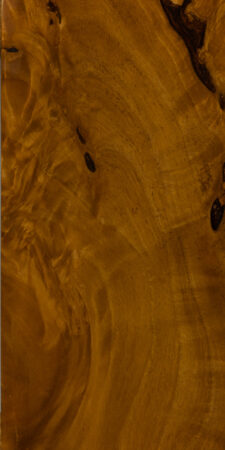

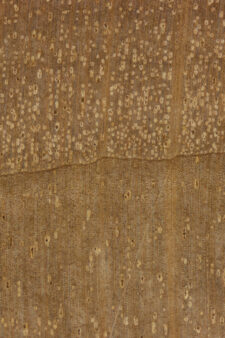

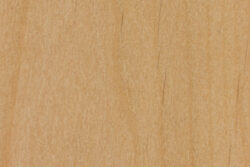
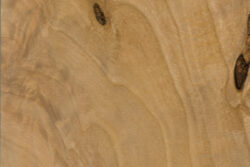
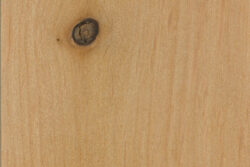


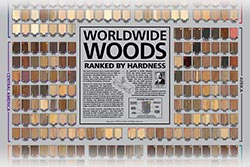



Alder is the second most common type of wood found at Mediaeval York, after oak (297 artefacts vs 330 for oak). It’s commonly used for face-turned items, such as bowls, but also for cups, pegs, and the only mediaeval shoemaker’s last in Britain.
The root makes a spektacular veneer used a lot by one of the best furniture makers ever Georg Haupt…
In Scandinavia alder is used for smoking fish and meat.
Black alder is a common material for making sauna benches in Finland.
What about Alnus incana rugosa, which is more common in parts of Scandinavia than Alnus glutinosa?
Other uses for Alder have been, soles for clogs and piles for jetties due to it’s resilient underwater properties.
Most cheap guitars are made with Alder, the downside is, as previously stated, that it dents easily and can cause the instrument to become easily damaged.
It’s a good tonewood and appears in expensive models too.
Also a lot harder than some other options like basswood
Also, some of the most sought-after Fender electric guitars have alder bodies.
Common Alder, or European alder, has a long history of beeing used for kitchen utensils and toys, due to its health and carving properties